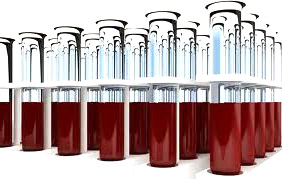
Diagnosis API
Features:
* Analysis of patient data (demographics, symptoms, lab tests)
* Extraction of clinical features from electronic health records
* Generation of preliminary diagnoses and triage suggestions
* Provides decision support to clinicians
* Improves patient awareness of potential health conditions
Core Components:
1. Knowledge Base:
* Contains information on conditions, diseases, and treatment procedures
* Reviewed and updated by medical professionals
2. Diagnostic Engine:
* Analyzes patient information and matches it to content in the knowledge base
* Generates a list of possible health conditions and care suggestions
Process:
* Integrate the Diagnosis API into a hospital's workflow
* Collect and enter patient data (symptoms, lab tests)
* Send data to the Diagnosis API via a POST request to https://diagnosisapi.azurewebsites.net
* Receive a response containing possible health conditions
Example:
A patient exhibits symptoms of strong urine odor (symptom ID 164), frequent urination (symptom ID 151), and yellow skin (symptom ID 200). Using the Diagnosis API, you can identify possible health conditions and suggest appropriate care.
Additional Resources:
* Postman collection with predefined requests: https://postman.com/collections/7445d89fda1d633e08dd
* List of implemented laboratory test procedures: ALT, Amylase, AST, Total Bilirubin, GT Chlamydia, Urine Appearance, and ABO Grouping


DDxHub is a concentrator that holds a lot of disease descriptions. It relies on the System knowledgebase to diagnose a health condition.
Differential diagnosis Hub is the System distinguishing of a particular disease or health condition from others.